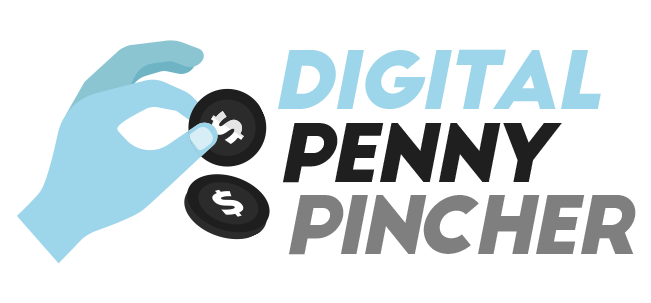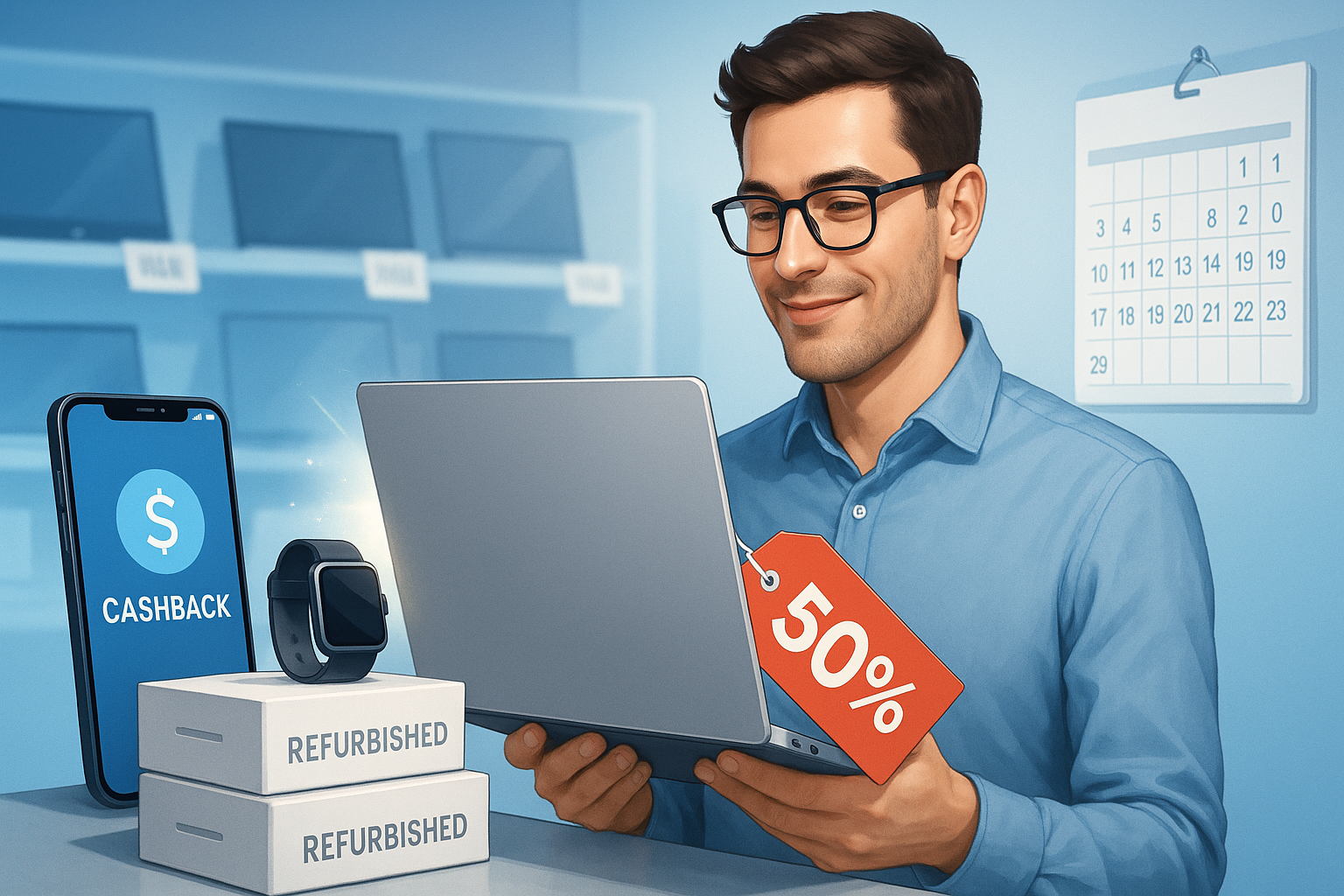The $1,200 Mistake I Almost Made
The screen flashed ‘Confirm Purchase: $1,200’. My palms were sweating. My old laptop was on its last legs, and I had convinced myself that this brand-new, top-of-the-line MacBook Pro was the only answer. But as my finger trembled over the trackpad, a wave of nausea hit me. This one purchase would nearly wipe out my emergency fund. Was keeping up appearances as a ‘serious professional’ worth that kind of risk?
I slammed the laptop shut. That single moment of hesitation changed everything. I felt stuck, frustrated by the idea that staying current with technology meant constantly draining my bank account. The turning point came from an unexpected place. A friend of mine who works as an IT director for a big tech firm always has the latest gadgets. I finally asked him how he did it. He just smiled and said, “You think I should buy new? Our entire company runs on certified refurbished gear. Why would I pay more for my own family?”
That conversation sent me down a rabbit hole into a world I thought was reserved for broken, dented, and unreliable electronics. I was a total skeptic. But what I found was a booming, $14.1 billion market that tech companies quietly support but rarely advertise. I ended up buying a refurbished MacBook Pro with nearly identical specs to the one in my cart. The price? Just under $650. It arrived in a clean white box, looked pristine, and came with a full one-year warranty from Apple. That $550 I saved wasn’t just a discount; it was the moment I stopped being a passive consumer and started being a smart one.
Let’s Bust Some Myths About Refurbished Tech
I get it. The word ‘refurbished’ sounds like a polite term for ‘used and abused’. We picture a gadget with someone else’s screen smudges and a battery that dies in an hour. But let’s separate the myths from the reality, because this is where most people get tripped up.
Myth 1: It’s just broken stuff that’s been patched up.
The reality is that ‘refurbished’ covers a wide range of scenarios. It could be an open-box item that a customer returned because they didn’t like the color. It could have been a floor model. The key is to look for **’manufacturer-certified refurbished’**. This means the original company, like Apple, Dell, or Samsung, has taken the device, subjected it to the exact same testing process as a new product, replaced any parts that weren’t up to standard (like the battery and outer shell), and backed it with a solid warranty.
Myth 2: You’re sacrificing the warranty and peace of mind.
This was my biggest fear. But a certified refurbished product from a major brand almost always comes with a warranty, typically for one year, the same as a new device. You get the same support and peace of mind, just without the premium price tag for a sealed box. You’re not buying a risk; you’re buying value.
The Insider’s Playbook for Maximum Savings
Now that we’ve cleared away the myths, let’s talk about how to turn a good deal into an incredible one. This is about making a few smart moves in the right order. It’s not complicated, I promise.
First, always start with a trade-in. That old phone in your drawer isn’t just clutter; it’s cash. Sites like Apple, Best Buy, and even your phone carrier will give you instant store credit for your old devices. This is your baseline discount before you even begin.
Next, become a patient price-tracker. Never, ever buy on the first day you look. I use a browser extension called Honey that tracks price history. A few months ago, I was eyeing a $799 camera. The tracker showed me it regularly dipped in price on Tuesdays. Sure enough, two weeks later, I got an alert: it was $649. That’s $150 saved just by waiting.
Finally, layer on cashback at checkout. This is the final, glorious step. Before you click ‘buy’, open a new tab and go through a cashback portal. They get a commission for sending you to the retailer, and they kick back a percentage to you. I’ve gotten over $1,200 back in the last couple of years from this one simple habit. It feels like getting paid to shop.
The Timing Secrets Retailers Don’t Want You to Know
We’ve been trained to believe that Black Friday is the ultimate day for tech deals. It’s mostly a marketing gimmick designed to create a frenzy. The real pros know the best time to buy is based on product cycles, not holidays. Most people miss these windows every single year.
Want a new laptop? The best deals are in September and October, right after the back-to-school rush when companies are clearing out inventory. Thinking about a new TV? Wait until April, after the Super Bowl hype has died down. For smartphones, the sweet spot is about a month after a new model is announced. That’s when last year’s flagship phone, which is still an incredible device, got its price slashed by 30% or more. You just have to ignore the launch day hype, which is engineered to prey on your emotions.
Three Small Changes That Saved Me Over $900 Last Year
This mindset isn’t just for big purchases. The small, consistent wins are what truly transform your finances.
- I did a subscription audit. I printed my credit card statement and was horrified. I was paying for services I’d completely forgotten about. Canceling three unused streaming platforms and a zombie fitness app subscription saved me $480 for the year.
- I used my student discount. I’m taking a single online course, which made me eligible for academic pricing. I saved 50% on my Adobe software subscription, which amounted to $360 in savings. Many companies have these discounts (including for the military), but you have to look for them.
- I checked my ego. I bought the last-generation iPhone SE instead of the newest model. It does everything I need, gets the same iOS updates, and cost me less than half the price. Total savings: over $400 on one device. My bank account thanked me.
Why This Works Even If You Hate Deal Hunting
You don’t have to become an obsessive coupon-clipper. The goal is to build simple systems that work for you in the background. Think of it as putting your savings on autopilot.
Using a budgeting app like YNAB (You Need A Budget) can feel like a superpower. It shows you exactly where your money is going. Seeing I’d spent $250 on takeout was the wake-up call I needed. For subscriptions, a tool like Privacy.com lets you create virtual payment cards. You can set spending limits or pause a card with one click, putting you back in control.
This is not about being cheap. It’s about being intentional. It’s about choosing where your hard-earned money goes. You’re not cheap; you’re strategically frugal. Start small. Find one old device you can trade in today. Use that credit on your next purchase. Once you feel that first win, you’ll never look at a full-price sticker the same way again.

